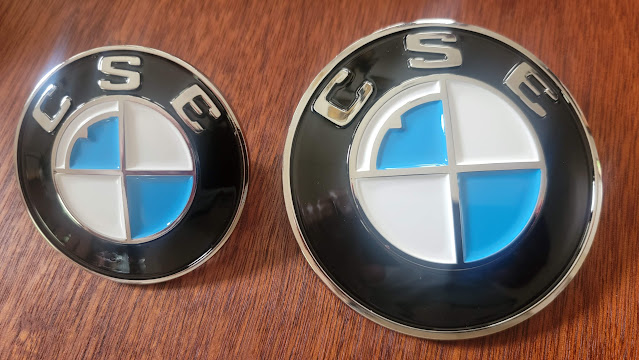It is getting close to being on the road again. Pretty much the
only thing left is wiring. Lots and lots of wiring -- it is an electric
car after all.

|
|
Working on HV wiring -- the contactor box and OBC/DC-DC
|
The wiring can be broken into two steps. First, only what's needed to
get the car to drive around the parking lot. Then, everything
else. The first step can further be broken down into two parts: high
voltage (HV) and low voltage (12 volt).
Focusing on HV, the front battery box has already been wired up to connect the
10 Tesla battery modules up front. I haven't wired up the four rear
batteries yet but that will be easy. For HV, I need to run two large 0/2
AWG cables from the front batteries to the rear batteries and contactor
box. Two more larage orange cables run from the contactor box to the
Tesla motor.
The contactor box is where all the magic happens. The contactors are
large high voltage relays. They connect and disconnect the voltage
between the batteries and the motor and are controlled (energized) by turning
the ignition key on and off. Also in the contactor box are the
connections from the Onboard Charger (OBC) and to the DC/DC
Converter.

|
|
Low voltage fuses and 12v battery to the left, high voltage to the
right. The DC-DC converter converts the 300+ volts to 13.8v for
the low voltage systems.
|
Although not required for test driving the car, the final HV connections from
the contactor box run back up front to the Tesla electric A/C compressor and
the electric heater element for cabin heat. These are also controlled by
contactors, energized by the HVAC controls.
Add some fuses here and there and you have the complete high voltage system.
That leads us to the 12 volt systems. To test drive the car we need a
12v battery, ignition, shifter, drive unit controller, brake switch, parking
brake (to keep the car from rolling -- remember there is no Park in an
electric motor), power steering pump, brake iBooster, and the fuses and relays
that go along with all that.
I've decided to run three fuse/relay boxes, one in the original under dash
location, one in the trunk near the battery and DC/DC converter, and one up
front for the headlights, horns, water pumps, fan, etc.

|
|
Left to right, battery tray for LiIon 12v car battery, fuse block and
two 100 amp 12v fuses, contactor box for HV connections, Tesla HV Pyro
fuse, and OBC/DC-DC
|

|
|
Front fuse block, P/S, and brakes
|

|
|
Relays for shifter to 057 Drive Unit Controller and electric parking
brake
|

|
057 DUC lives under right rear seat, relays and other low voltage
electronics under the left rear seat
|

|
|
High voltage cables as well as cell taps and thermistor wiring to rear
batteries
|

|
|
High voltage cables (0/2 gauge) from front batteries to rear, as well as
smaller, 8 gauge, high voltage wires back to the Tesla A/C compressor
and heater element
|

|
|
Contactor box with battery and Tesla motor traction cables connected
to the contactors and precharge controller
|
Lots of 12v wiring still to finish...










